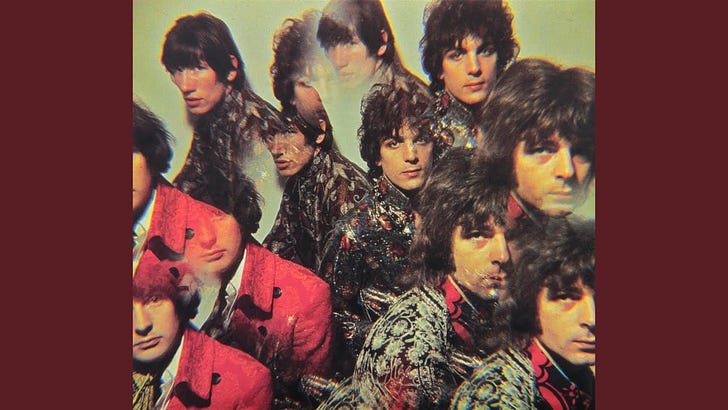Experimental Pop
Pop music that cannot be categorized within traditional musical boundaries or that attempts to push elements of existing popular forms into new areas. It may incorporate experimental techniques such as musique concrète, aleatoric music, or eclecticism into pop contexts. Often, the compositional process involves the use of electronic production effects to manipulate sounds and arrangements, and the composer may draw the listener’s attention specifically with both timbre and tonality, though not always simultaneously.
Experimental pop music developed concurrently with experimental jazz as a new kind of avant-garde, with many younger musicians embracing the practice of making studio recordings along the fringes of popular music. In the early 1960s, it was common for producers, songwriters, and engineers to freely experiment with musical form, orchestration, unnatural reverb, and other sound effects; by the late 1960s, pop music that expanded the idea of the typical popular song was positively received by young audiences.
Experimental pop has three primary characteristics: It is rooted in existing pop forms; it experiments with or stretches their use; and it attempts to draw the audience of those forms toward these new developments, in the manner of the avant-garde. 1950s– .


